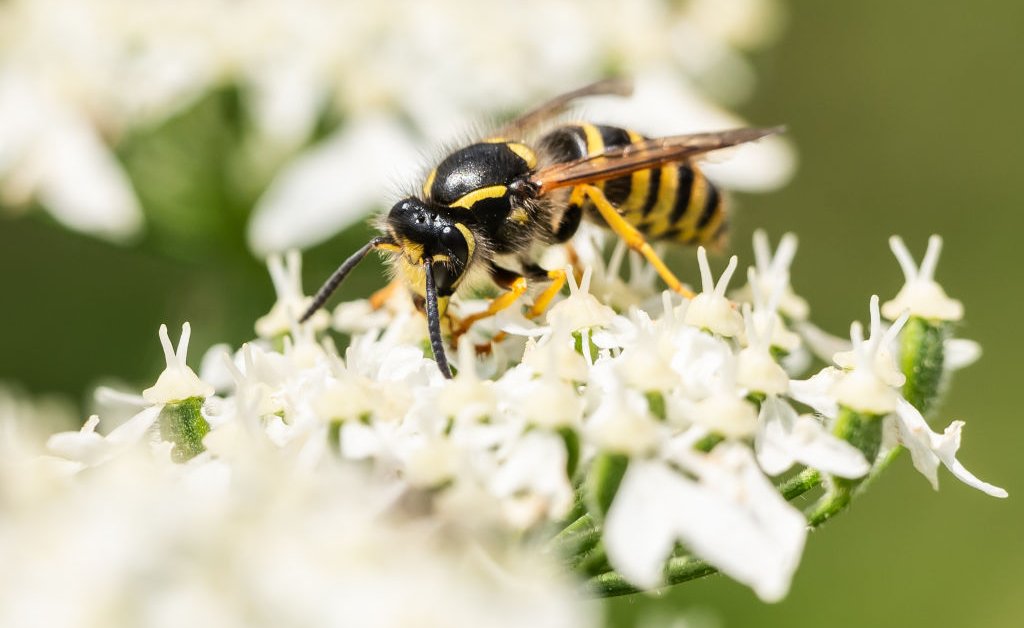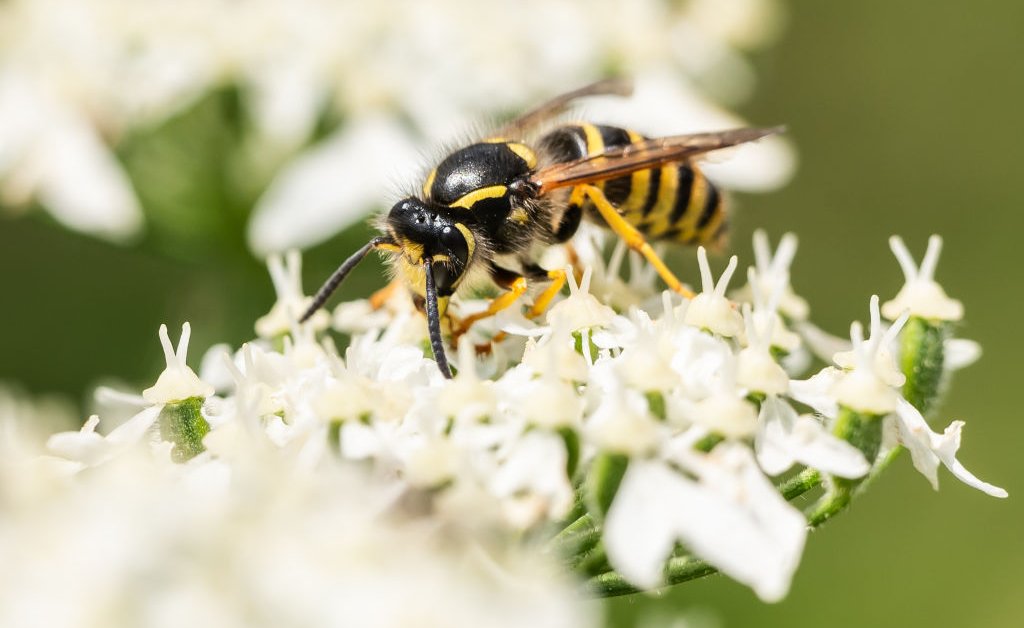Climate Change's Effects On Summertime Bug Behavior And Abundance

Welcome to your ultimate source for breaking news, trending updates, and in-depth stories from around the world. Whether it's politics, technology, entertainment, sports, or lifestyle, we bring you real-time updates that keep you informed and ahead of the curve.
Our team works tirelessly to ensure you never miss a moment. From the latest developments in global events to the most talked-about topics on social media, our news platform is designed to deliver accurate and timely information, all in one place.
Stay in the know and join thousands of readers who trust us for reliable, up-to-date content. Explore our expertly curated articles and dive deeper into the stories that matter to you. Visit Best Website now and be part of the conversation. Don't miss out on the headlines that shape our world!
Table of Contents
Climate Change: How a Warmer World is Rewriting the Rules for Summer Bugs
Summertime. The season of sunshine, long days, and… a seemingly endless swarm of insects. But what happens when summer itself changes? Climate change is significantly altering insect behavior and abundance, with potentially far-reaching consequences for ecosystems and human society. This isn't just about more mosquitos; it's a complex story impacting everything from pollination to disease transmission.
Shifting Seasons and Insect Life Cycles:
One of the most noticeable impacts of climate change on insects is the alteration of their life cycles. Warmer temperatures are causing many species to emerge earlier in the spring and extend their activity into the fall. This "phenological mismatch" can disrupt the delicate balance of nature. For example, if a butterfly emerges before its host plant has flowered, it will have difficulty surviving and reproducing. This phenomenon is being observed across various insect species globally, impacting biodiversity and ecosystem stability.
Range Expansions and Invasive Species:
Rising temperatures allow some insect species to expand their geographic range, moving into previously unsuitable habitats. This can lead to increased competition with native species and the spread of invasive insects that can damage crops and forests. The mountain pine beetle infestation in North America, for instance, has been exacerbated by warmer winters, allowing the beetle to thrive at higher altitudes and cause widespread tree mortality. This illustrates how climate change acts as a multiplier for existing ecological threats.
Increased Abundance of Certain Pests:
While some insect populations may decline due to habitat loss and changing conditions, others are thriving in the warmer climate. Mosquitoes, ticks, and other disease vectors are particularly concerning. Warmer temperatures accelerate their breeding cycles, leading to larger populations and an increased risk of disease outbreaks like Zika, West Nile virus, and Lyme disease. Public health officials are grappling with the challenges of managing these escalating risks. Understanding the link between climate change and vector-borne illnesses is crucial for proactive public health interventions.
Changes in Insect Behavior:
Beyond population numbers, climate change is affecting insect behavior. Higher temperatures can alter feeding patterns, mating behaviors, and migratory routes. Studies have shown that some insects are becoming more aggressive or exhibiting changes in their preferred habitats in response to shifting environmental conditions. These behavioral changes can have cascading effects throughout the food web.
What Does This Mean For The Future?
The consequences of climate change on summertime bugs are far-reaching and demand immediate attention. We need further research to fully understand the complex interplay between climate change and insect populations. This includes:
- Improved monitoring programs: Tracking insect populations and their distribution is vital for understanding the impacts of climate change.
- Developing climate-resilient agricultural practices: Protecting crops from increasingly abundant pests is crucial for food security.
- Investing in public health infrastructure: Preparing for increased disease outbreaks linked to insect vectors is essential for protecting human health.
Call to Action: Climate change is a global challenge requiring collective action. Individual actions, such as reducing carbon emissions, supporting sustainable agriculture, and advocating for climate-conscious policies, are all vital steps in mitigating the impacts on insect populations and preserving biodiversity. Understanding these interconnected effects is the first step towards building a more sustainable and resilient future. Learn more about the impacts of climate change on your local ecosystem by contacting your local environmental agency or visiting the [link to relevant environmental organization].

Thank you for visiting our website, your trusted source for the latest updates and in-depth coverage on Climate Change's Effects On Summertime Bug Behavior And Abundance. We're committed to keeping you informed with timely and accurate information to meet your curiosity and needs.
If you have any questions, suggestions, or feedback, we'd love to hear from you. Your insights are valuable to us and help us improve to serve you better. Feel free to reach out through our contact page.
Don't forget to bookmark our website and check back regularly for the latest headlines and trending topics. See you next time, and thank you for being part of our growing community!
Featured Posts
-
 Economic Benefits Of Climate Change Mitigation A Brazilian Finance Ministers View
May 25, 2025
Economic Benefits Of Climate Change Mitigation A Brazilian Finance Ministers View
May 25, 2025 -
 Sharp Criticism Netanyahu Blasts France Uk And Canada Over Hamas
May 25, 2025
Sharp Criticism Netanyahu Blasts France Uk And Canada Over Hamas
May 25, 2025 -
 Remembering Lost Members Stillman College Responds To Fatal Car Crash
May 25, 2025
Remembering Lost Members Stillman College Responds To Fatal Car Crash
May 25, 2025 -
 Climate Change What Does It Mean For Summer Pests And Beneficial Insects
May 25, 2025
Climate Change What Does It Mean For Summer Pests And Beneficial Insects
May 25, 2025 -
 Dating After Dark Relationship Status Of Season 1 Pairs
May 25, 2025
Dating After Dark Relationship Status Of Season 1 Pairs
May 25, 2025
